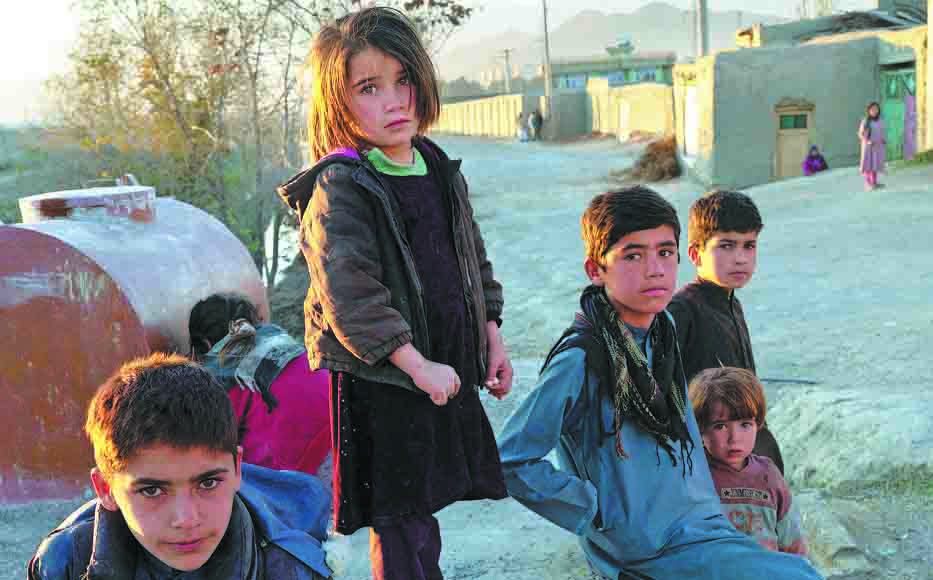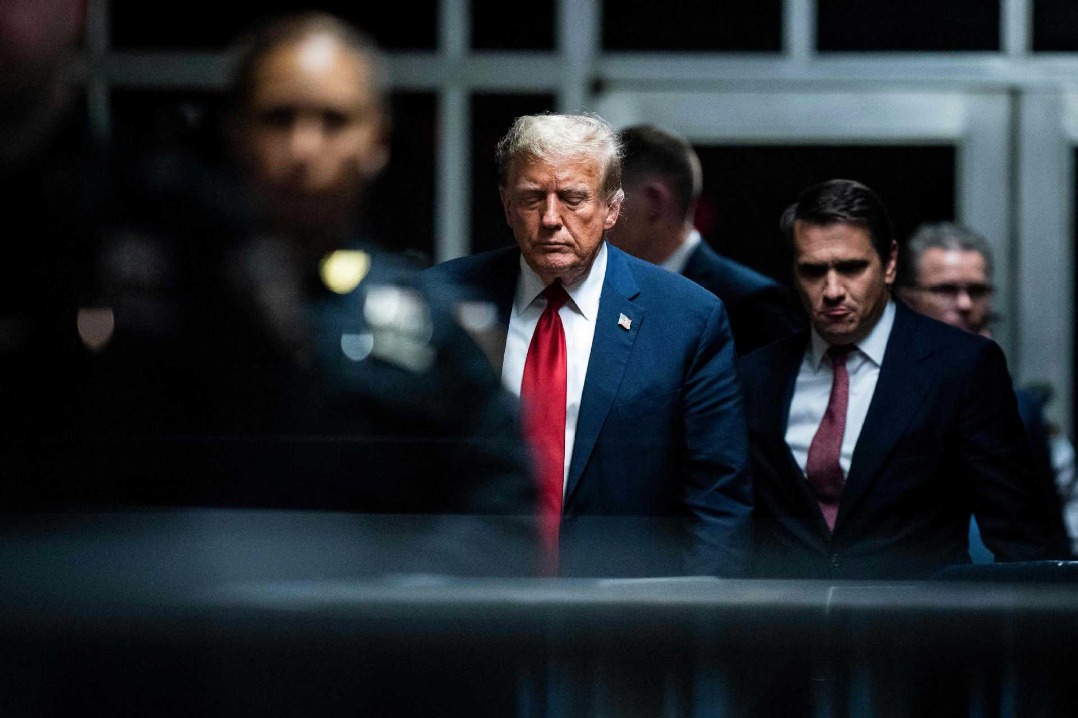Scale of US attacks laid bare in study
By ZHAO RUINAN | China Daily Global | Updated: 2022-11-29 10:05

Armed interventions approach 400 globally since country's founding
The United States may have impressed the world with its economic growth and technological development since its founding, but that's far from the case when it comes to its habit of military interventions. The staggering number of times it has sought to impose its will on other nations, through military might, is troubling to many across the world.
From Syria to Libya, from Afghanistan to Iraq, war and political crisis are causing human anguish on a scale unseen in a generation. The US, however, seems to be a major player that only adds to the human misery in many regions, experts say.
A study has found that the US has carried out nearly 400 military interventions since the American Revolutionary War, with nations in Latin America and the Caribbean and Asia having been the main targets.
The study, "Introducing the Military Intervention Project: A new Dataset on US Military Interventions, 1776-2019", has been published in the Journal of Conflict Resolution, and features an expanded list of parameters defining interventions, and other important details, such as their geographic scope. The study draws on mathematical modeling.
"The cumulative impact of what we discovered from our data collection was indeed surprising. We hadn't expected both the quantity and quality of US military interventions to be as large as revealed in the data," said study co-author Sidita Kushi, an assistant professor at Bridgewater State University in Massachusetts.
Currently, the number of US special forces personnel deployed abroad outnumbers its ambassadors in service, Monica Duffy Toft, the other co-author, and professor at Tufts University, said of the research.
Toft has labeled current patterns of US military engagement as kinetic diplomacy, a diplomacy practiced solely through armed force.
The study surprisingly calculated that US military interventions abroad have accelerated with time, with about half taking place since 1950, and a quarter since the end of the Cold War in 1991, despite a relative decline in threats to US national security.
"Since 2000, alone, the US has engaged in 30 interventions at level 4(usage of force) or 5(war). The post-Cold War era has produced fewer greater power conflicts and instances in which to defend vital US interests, yet US military interventions continue at high rates and higher hostilities," the authors said. "Thus, this militaristic pattern persists during a time of relative peace, one of the arguably fewer direct threats to the US homeland and security."
Benyamin Poghosyan, chairman of the Center for Political and Economic Strategic Studies in Yerevan, Armenia, told China Daily that the US has put significant focus on the use of force — at different levels — to pursue its geopolitical interests. "I believe that the absence of checks and balances in international relations contributed to the use of force by the US," he said.
According to the study, 34 percent of the US' interventions have been against countries in Latin America and the Caribbean, 23 percent against nations in East Asia and the Pacific, 14 percent in the Middle East and North Africa, and 13 percent in Europe.
Counterproductive nature
The study also pointed to the so-called humanitarian and democratizing justifications for the use of force, as well as validations under the global "war on terror" doctrine. These justifications have been used liberally over the past 30 years, notwithstanding their often legally flimsy and practically counterproductive nature.
After the Sept 11 attacks, administrations in the White House have come to rely more on military interventions, such as in the initial defeat of the Taliban in Afghanistan and the toppling of Saddam Hussein in Iraq in the first decade of this century.
Military interventions by the US and its NATO and Arab allies expanded a decade ago when turmoil broke out in many Middle East countries.
Libya, Syria and Yemen slipped into civil war one after another. At the same time, global terrorism based in the Middle East, ripped through the world, leaving thousands of people dead and many more wounded.
However, it is widely believed that military interventions have failed to contain terrorism and have only worsened the problem.
"The war on terror started in 2001. We had the Islamic State in 2014. And even now international terrorism is thriving," said Poghosyan.
After the US invasion of Iraq in 2003, politicians, militias, and religious leaders — with support from Washington and regional countries — struggled for power. But this came at the expense of security and stability in the country. "I may say that the US invasion of Iraq in 2003 created chaos in the country, which continues until now," said Poghosyan.
According to Brown University's Watson Institute for International and Public Affairs, between 184,382 and 207,156 Iraqi civilians were killed directly in war-related violence in the country.
Shen Dingli, a professor and former executive dean of the Institute of International Studies at Fudan University, believes that the reason Washington likes to point fingers at others around the world has its roots in its ideology.
"The US is inclined to install the US' mode or its 'democracy' onto other countries. Then come protests from the locals in response to the US' military interventions and violence. And so it goes, on and on, until everyone gets lost in this miserable cycle," said Shen.
According to a report by Smithsonian magazine in 2019, the US' "war on terror" has spread to more than 40 percent of the world's countries.
The war isn't being waged by just the military, which has spent $1.9 trillion fighting so-called terrorism since 2001. The US State Department has spent $127 billion over the past 17 years to train police, military and border patrol agents in many countries and to develop anti-terrorism education programs, among other activities.
In August last year, the US withdrew its troops from Afghanistan, ending its 20 years of intervention in the country. "What happened in Afghanistan taught a lesson to the US as they failed to install its democracy and left the country in a shambles," Shen said.
























